
|
|
|
|
|
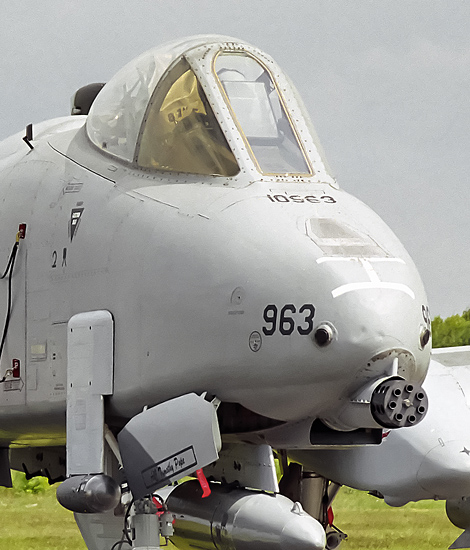
|
De Luchtmacht open Dagen 2003; Twenthe, June 21, 2003
The Last Days of Twenthe Air Base; Text and Photograph's by Alex van Noye
This year, the annual airshow of the Royal Netherlands Air Force is probably held for the last time at Twenthe Air Base in the east of the country. This base is on the list of airfields which will be closed due to cuts in funds. Twenthe Air Base is currently the home base of the no 313 Squadron and the no 315 Squadron.
The history of Twenthe Air Base starts on September 28, 1910, when the Belgian aviation pioneer Jan olieslagers made a demonstration flight with his French Bleriot. Passenger flights would take place from Twenthe on a small scale from 1918. The airport at the Oude Grensweg near the city of Oldenzaal existed only two years, because the airport could not meet the requirements. The current airport originated at the Old Deventerweg near Lonneker in 1929. In the same year a heath of about 840 by 770 meters was prepared for flying activities. The new commercially suitable Twenthe Airport was officially opened on August 29, 1931, by the mayor of Enschede. On Saturday, June 18, 1932, the airship Graf Zeppelin landed at Twenthe Airport. The airship was passing from Friedrichshafen, Germany to Rotterdam. The Zeppelin was very popular with the public, because there were more than 50,000 people watching the airship. Also in 1932 there was a regular service launched by the KLM between Schiphol and Twenthe. The main type of aircraft which flew on this line was the DC-2. This line remained active until the mobilization of 1939. In 1937 at an exhibition also scenic flights were made with the DC-2, there were two planes present called the Koetilang and the Reiger. The Twentsche Gliding Club was founded in 1935 at Twenthe Airport. This club is the oldest user which is still present at the airfield.
The Dutch government gave the order to disable the airport just before the Second World War broke out in 1939. The landing strip made of grass was plowed and deep trenches were made. Buildings were blown up by the last Dutch soldiers when the Germans invaded the Netherlands. The German Luftwaffe occupied Twenthe in May 1940. The Germans transformed Twenthe into a modern airfield. The airbase was also greatly expanded to an area of 1,600 hectares. Three new runways were built at Twenthe by the Germans during the construction works; these runways were the 06-24, the 11-29 and the 16-34. The runway 16-34 would only be used as a taxiway after
|
|
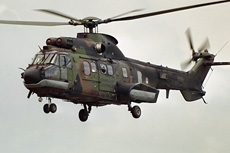
|
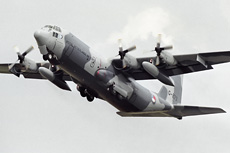
|
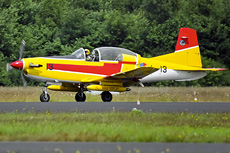
|
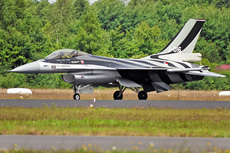
|
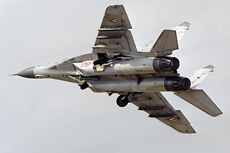
|
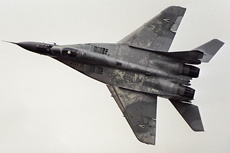
|
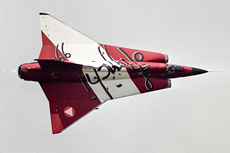
|
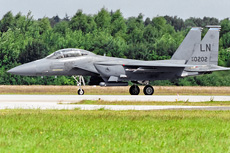
|
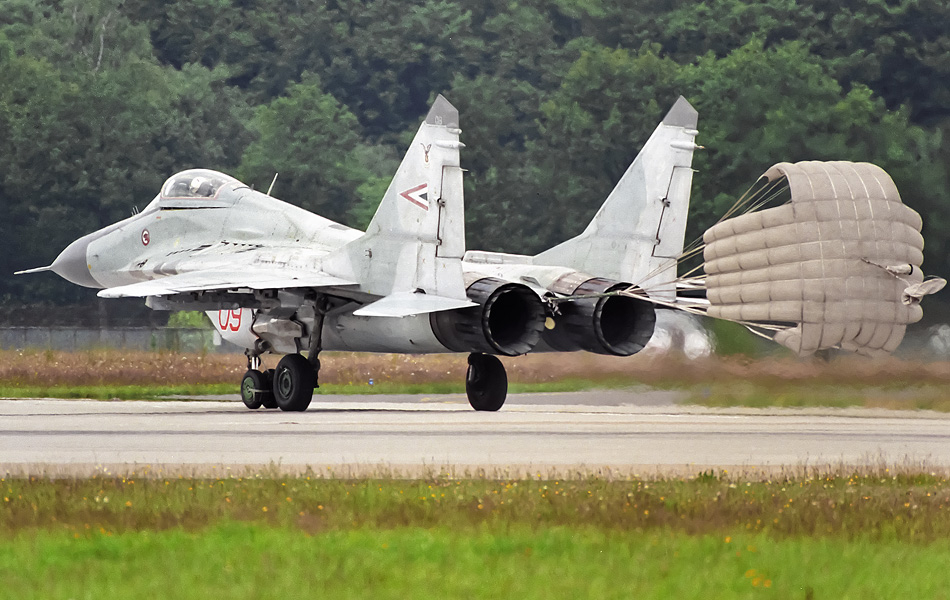
|
the war. This old runway has today still the name “Old German Track”. Various rail tracks and splitter boxes were built to hide aircraft in the woods around the estate Court Espelo and Twenthe. The planes were hidden under nets. Some of these splitter boxes are preserved until today. During the occupation, there were several Luftwaffe units stationed at Twenthe Air Base. Jagdgeschwader 103 was the main unit which used Twenthe during the war. This unit flew the Messerschmitt Bf-109 and the Ace Major Herbert Ihlefeld was one of the famous pilots in this unit. Twenthe was occupied by the British troops who had liberated the region from the Germans in April 1945. From November 1945, Twenthe was again officially handed over to the Dutch government and became an important airbase of the Royal Netherlands Air Force.
During the preparation of the document of surrender, which is according to tradition done by the notary, accidentally the extra letter “h” was added to the name of Twente. The notary was probably drunk and wrote the name wrong on the paper. The story is probably based on a fiction, because Twente is written as Twenthe in English. Twenthe was always written since the naming with the letter h. After the war the Fighter Pilot School (Jachtvliegschool, JVS) was founded at Twenthe Air Base. This unit was founded to retrain the Dutch pilots who were trained by the RAF before. A number of Lockheed T-33 (T-Bird) aircraft were purchased for this training task in 1952. Unofficially the unit was called Fighter Flying School 2 (Jachtvliegschool 2). US instructors retrained fighter pilots to European conditions at this school. The unit was expanded rapidly and was transformed into the no 313 squadron in December 1953. In 1958 the no 313 Squadron moved to Woensdrecht as a part of the Fighter Flying School I (Jachtvliegschool 1). Both fighter flying schools were merged under the name Elementary Pilot Training (Elementaire Vlieger Opleiding, EVO). In January 1959, the no 313 Squadron was disbanded. The unit was eventually again re-activated at Twenthe Air Base in October 1972. The no 313 Squadron was equipped with the Canadair NF-5 Freedom Fighter. The unit received the task of the operational conversion and became again a training unit within the Royal Netherlands Air Force. The no 316 Squadron at Eindhoven airbase took over this task in September 1986.
In June 1948, the Gloster Meteor entered service in the Dutch Air Force. These aircraft were stationed at Twenthe. In the mid-50s, the Gloster Meteor was replaced by the Hawker Hunter for the daytime task and the North American F-86K Sabre all-weather fighter for the nighttime task. The F-86K was stationed at Twenthe and there were a total of three squadrons equipped with this fighter, namely; the no 700, the no 701 and the no 702 Squadron. The badge of the airbase is showing the hellhound with three heads which stand for the corporation between these units. Another aircraft type which flew from Twenthe Air Base in the 50s and 60s was the Fokker S.14 Machtrainer. Between 1962 and 1964, the F-86K was replaced by the Lockheed F-104G Starfighter. Twenthe was the first base in the Netherlands which started to use the Starfighter when the OCU and the no 306 Squadron started to use this plane. The no 306 Squadron was soon moved to Volkel and the OCU which also still used the T-33 was moved to Woensdrecht. In the period from 1969 to 1972, the Canadair NF-5 was assigned to Twenthe. In 1972, the T-33 was phased out at the TVO and the no 313 Squadron at Twenthe received the training task. Twenthe was now the home of the no 313 Squadron and the no 315 Squadron which had moved from Eindhoven to Twenthe. In 1979, the first F-16s entered service in the Dutch Air Force. Twenthe became after Leeuwarden and Volkel the third airfield which was equipped with the F-16 from 1986. This year, it was announced that Twenthe is one of the airports which potentially will be closed due to cuts in funds.
|
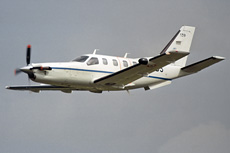
|
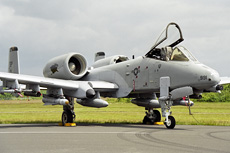
|
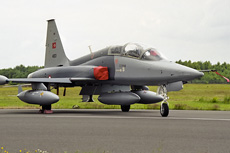
|
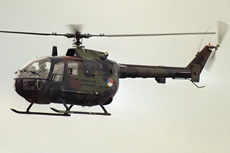
|
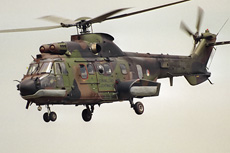
|
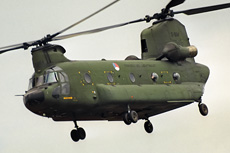
|
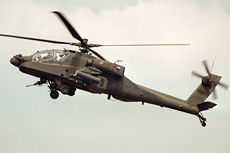
|
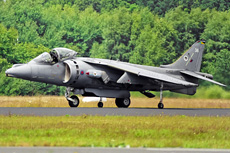
|
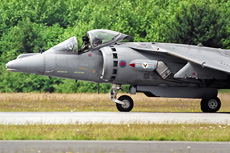
|
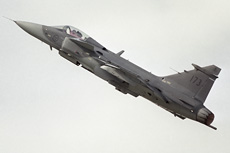
|
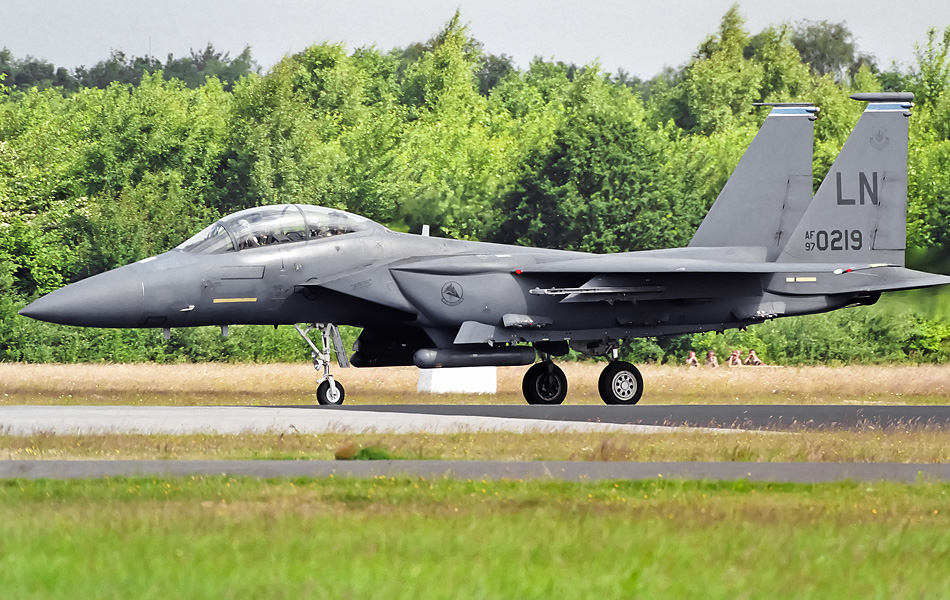
|
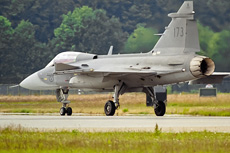
|
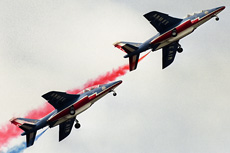
|
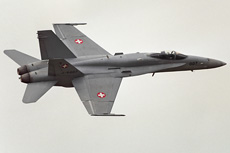
|
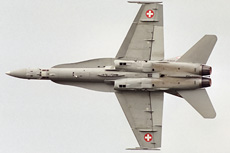
|
|
|

|







